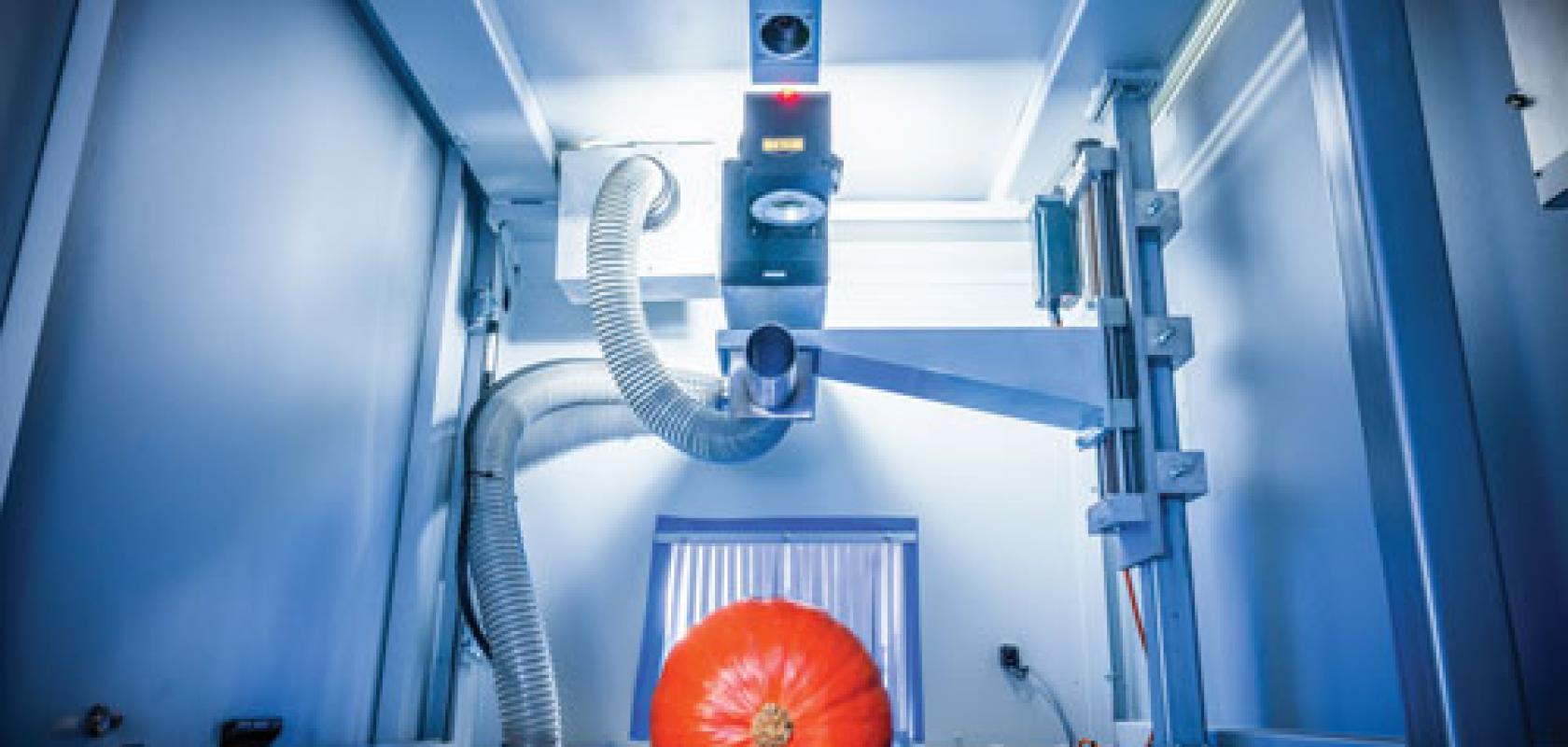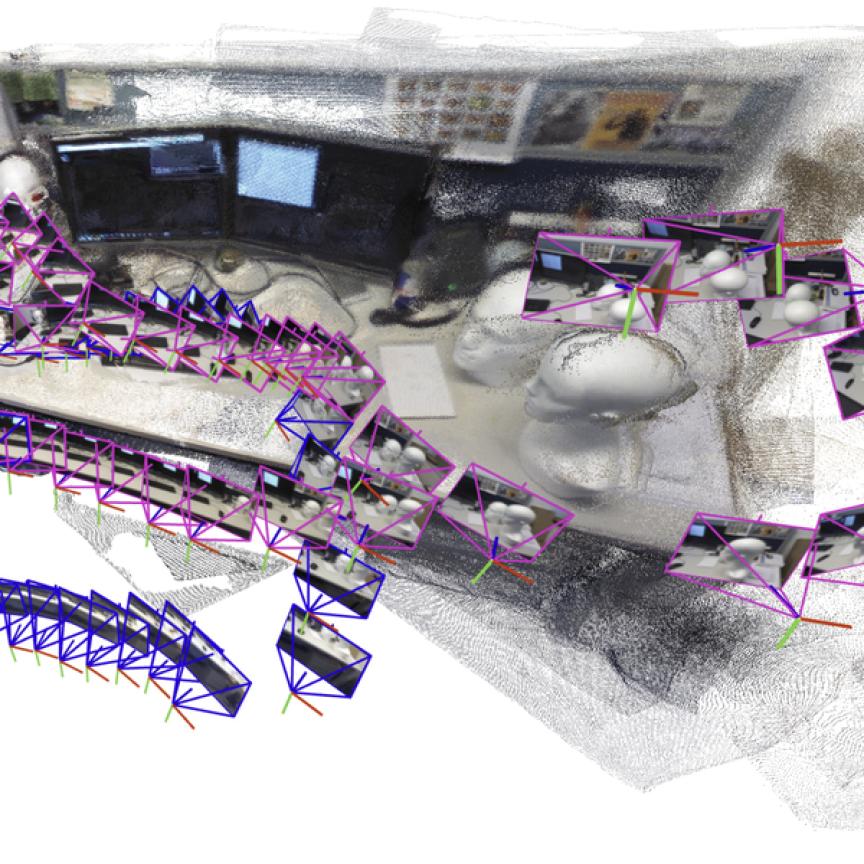- AT – Automation Technology develops 3D application for fruit and vegetable labelling
- 3D sensor technology from AT enables future-oriented food tracking
- EcoMark relies on sensor solution from AT from the very beginning
By Nina Claaßen
Fast, precise, flexible: AT – Automation Technology has made an international name for itself with its 3D sensor portfolio and has always been one of the leading industry suppliers. The reason for this is the individual development of the 3D sensors, so that the company from northern Germany can offer a suitable solution for almost any application, which is then manufactured exactly according to the customer’s specifications – even without extra costs for custom manufacturing, without minimum order acceptance and also without long waiting times.
One company that benefits from these advantages of AT 3D sensors is EcoMark GmbH, which specialises, among other things, in labelling food directly on the tray via laser marking. On the one hand, it’s done to produce less plastic and packaging in the future, but on the other hand, to provide an effective process under the aspect of sustainability and environmental friendliness, which at the same time is also demonstrably economical. However, food branding required a great deal of technical know-how right from the start, as there were a number of important details to consider when labelling food.
Technical requirements for the 3D application of food branding
To be able to position the marking laser individually for each product and thus guarantee a 100% hit rate for the marking of groceries, an individual application was required. With the help of a 3D sensor, this application had to be able to determine the position of the fruit and vegetables on the conveyor belt. The challenge was to develop a 3D scan solution that is not only highly precise and fast, but also sends reliable data to the marking laser, despite changing measurement widths and different positions of the fruit and vegetables. AT’s solution: a product from the C5-2040CS sensor family. The 2040 sensors not only combine speed and accuracy, they also allow a measuring width of up to one metre, with a high resolution of 2,048 measuring points. Furthermore, they are virtually maintenance-free and require hardly any support, as they are already factory calibrated and can be easily integrated into any existing system via Plug&Play using their GigE Vision interface without much installation effort.
‘EcoMark is a perfect example of the unique diversity of AT’s 300+ sensor variants,’ explains Michael Wandelt, chief executive of AT. ‘Based on the customer’s technical data, we were able to deliver the right 3D sensor to meet their exact requirements. We always try to offer the best possible product for each of our customers to significantly benefit their processes and increase their effectiveness.’
Food branding is significantly more economical than packaging
However, the focus is also on the cost-effectiveness of this process optimisation. ‘We are very optimistic that the trend of food labelling directly on the tray will become established in the future,’ says Richard Neuhoff, chief executive of EcoMark. ‘Ultimately, this method is significantly cheaper than previous plastic solutions, as packaging costs are completely eliminated. We only incurred costs at the beginning of production due to the purchase of the labelling system, further follow-up costs are very low.’
Even before EcoMark developed machines for food branding, the company was already specialised in laser machines for marking any material. Due to years of expertise in this area, the idea of so-called natural branding was born in 2018, with which the company was able to attract global attention. EcoMark GmbH is now one of the largest international providers of food and natural branding. In general, their labelling machine marks up to 100,000 fruit products per hour, depending on the thickness of the tray and the nature of the variety. ‘Each fruit and vegetable product has a different size and, of course, a different peel, so we always have to be careful to find the best compromise between the visibility of the marking and the shelf life of the product,’ Neuhoff continues. ‘If the laser were set incorrectly, for example, the peel would be destroyed in the process, so you have to know very well what you are doing.’

3D application with future
For the application that EcoMark has developed, it is irrelevant whether a kiwi or a cucumber is lying on the conveyor belt. The 3D sensor scans the fruit and vegetables flexibly and creates a 3D point cloud for each product within milliseconds, according to which the marking laser is then aligned. To date, AT EcoMark has already supplied 15 C5-2040CS sensors for the food branding application, with further sensors for other industries in the pipeline, as they have been in continuous use since first being integrated into the labelling system.
Further information www.eco-mark.de; www.youtube.com/watch?v=jpcbInyUtv0


